Opinion: My Irish roots
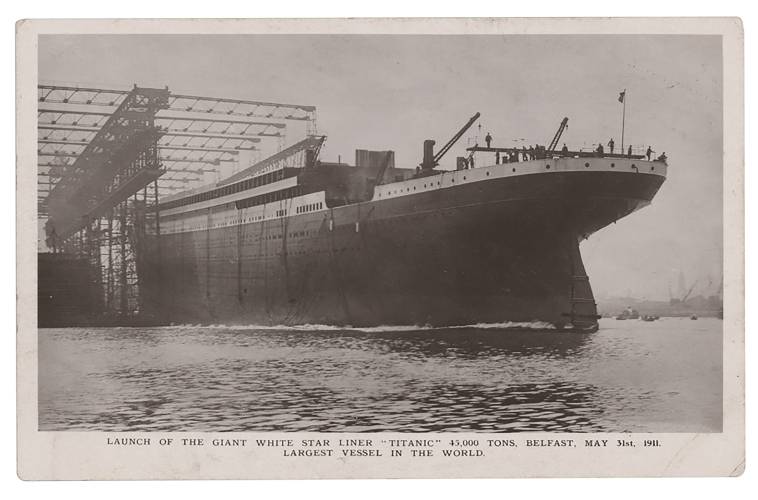
A photo copy provided by RR Auction of a postcard dated May 31, 1911, shows the Titanic, in Belfast, Northern Ireland. RR Auction via AP
| Published: 03-15-2024 7:00 AM |
Parker Potter is a former archaeologist and historian, and a retired lawyer. He is currently a semi-professional dog walker who lives and works in Contoocook.
With St. Patrick’s Day approaching, this seems like a fine time to explore my family’s connections to the Emerald Isle, which we visited last summer.
Our daughter was born in China, and a DNA test revealed no genetic contributions from anywhere other than China and the Pacific islands. That, of course, did not prevent her from having a great time in Dublin during her two-month internship there.
My wife’s Irish connections are more interesting. Nancy Jo’s paternal grandparents were probably born in Belarus. Her maternal grandfather was born in Latvia, Lithuania, or Russia. Her maternal grandmother was born in the United States, but most of her siblings were born in Latvia or Lithuania. Despite all that, a genetic test once reported that Nancy Jo had about five percent Irish blood.
Nancy Jo has always had a strong affinity for Ireland, so she was thrilled with her DNA test results. Alas, the lab wrote back several years later and rescinded Nancy Jo’s Irish DNA. She still feels her affinity for Ireland and felt particularly at home when we visited the Dingle Peninsula.
My ties to Ireland are a good bit stronger, but also problematic.
After we returned from Ireland, I learned from my brother, the family genealogist, that I have a relative by marriage and a blood relative — a mother and daughter — who survived the sinking of the Titanic, which was built in Belfast. The Titanic’s last port of call was Queenstown, now Cobh, Ireland. But that’s not the end of my family’s connection to Ireland.
My blood relative on the Titanic, Olive Earnshaw, was the granddaughter of Thomas Potter, who made a fortune in Philadelphia in the oilcloth and linoleum business. Thomas Potter is my great-great-grandfather.
Article continues after...
Yesterday's Most Read Articles
 With Concord down to one movie theater, is there a future to cinema-going?
With Concord down to one movie theater, is there a future to cinema-going?
 “It’s beautiful” – Eight people experiencing homelessness to move into Pleasant Street apartments
“It’s beautiful” – Eight people experiencing homelessness to move into Pleasant Street apartments
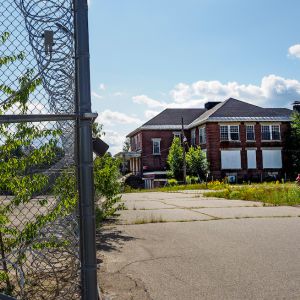 No deal. Laconia buyer misses deadline, state is out $21.5 million.
No deal. Laconia buyer misses deadline, state is out $21.5 million.
 Quickly extinguished fire leaves Concord man in critical condition
Quickly extinguished fire leaves Concord man in critical condition
 Concord police ask for help in identifying person of interest in incidents of cars being keyed during Republican Party event
Concord police ask for help in identifying person of interest in incidents of cars being keyed during Republican Party event
 Update: Victim identified in Lantern Lane fire in Concord
Update: Victim identified in Lantern Lane fire in Concord
Thomas Potter was born in 1819 in Rilaghquinness, located in County Tyrone, in what is now Northern Ireland. He came to Philadelphia with his family in 1828, just seventeen years before the great Irish potato famine.
When I learned that my great-great-grandfather was born in Ireland, I was excited. When I learned more about Thomas Potter’s ancestors, who are also my ancestors, my excitement gave way to other emotions.
Just as my great-great-grandfather migrated from County Tyrone to Philadelphia in 1828, his great-great grandfather, George Potter, migrated from Lancashire, England, in the 1650s, to County Fermanagh, also in today’s Northern Ireland.
George Potter went to Ireland with Oliver Cromwell’s army and was rewarded for his service with a large grant of land that was confiscated from an Irishman who was sent to London and executed. As a result of George Potter’s land acquisition, Oaghill, Mullan, Scarty, Garderhill, Fremarh, and Cromey, in the barony of Maglierestepba, were renamed, collectively, Pottertown or Pottersrath. For better or worse, I have been unable to locate Potterstown on any contemporary map of Fermanagh.
Learning about Olive Earnshaw’s Titanic adventure was interesting. Learning about George Potter’s colonialist adventure was a bit of a gut punch. I already had a dim view of Oliver Cromwell long before our recent trip to Ireland. On a college trip to England in 1979, I saw ruined church after ruined church, churches that were put on the path to ruin when Cromwell stripped them of their roofs. I also saw dozens of statues of saints that had their noses knocked off by Cromwell’s troops. On our trip to Ireland, I learned of similar Cromwellian havoc there. Our guide, an Irish nationalist, had nothing good to say about Cromwell.
Moreover, as I noted in a My Turn last fall, the past is a powerful presence in Ireland, and Ireland’s troubled relationship with England is always close to the surface. In Galway, I saw a wall spray painted with the message “Charles Windsor Not Welcome in Galway.” As I learned about the struggle between Ireland and England from the 1650s up to the present day, I found my sympathies flowing strongly toward the Irish. And then I learned that my ancestor rode with Cromwell, a preeminent enemy of the Irish.
A part of me is pretty interested in visiting County Fermanagh, where George Potter landed, and County Tyrone, to which the Potter family relocated in the 1700s. But because Potterstown has disappeared from the map, as have the names of the hamlets that Potterstown displaced, I’m not quite sure where exactly I would go.
That may be just as well, because I’m also not quite sure what I would say once I got there. I’ve heard amazing stories about warm Irish welcomes given to descendants returning to the ancestral homeland, but introducing myself as the descendant of one of Cromwell’s lieutenants doesn’t seem too promising. For the moment, all I can do is contemplate my relationship to my family’s journey and my ancestor’s place on what I regard as the wrong side of history.


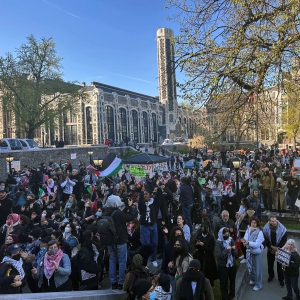 Opinion: ‘This being human is a guest house’
Opinion: ‘This being human is a guest house’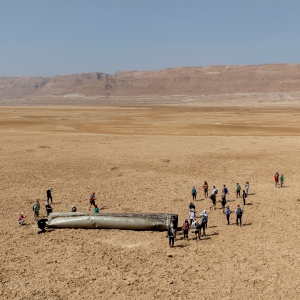 Opinion: The truth of it
Opinion: The truth of it Opinion: Public school standards overhaul will impact every facet of public education in NH
Opinion: Public school standards overhaul will impact every facet of public education in NH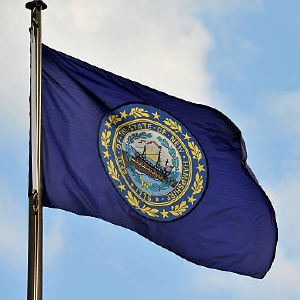 Opinion: A bad idea for New Hampshire
Opinion: A bad idea for New Hampshire
